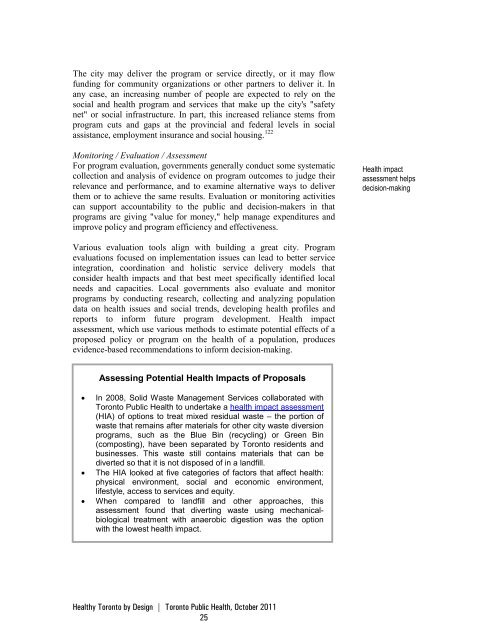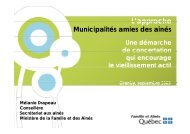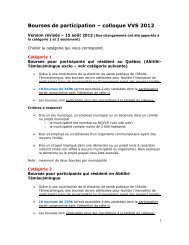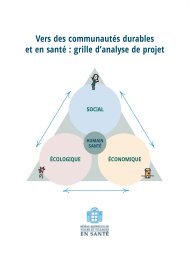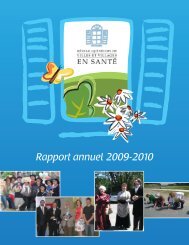Download It
Download It
Download It
- No tags were found...
You also want an ePaper? Increase the reach of your titles
YUMPU automatically turns print PDFs into web optimized ePapers that Google loves.
The city may deliver the program or service directly, or it may flowfunding for community organizations or other partners to deliver it. Inany case, an increasing number of people are expected to rely on thesocial and health program and services that make up the city's "safetynet" or social infrastructure. In part, this increased reliance stems fromprogram cuts and gaps at the provincial and federal levels in socialassistance, employment insurance and social housing. 122Monitoring / Evaluation / AssessmentFor program evaluation, governments generally conduct some systematiccollection and analysis of evidence on program outcomes to judge theirrelevance and performance, and to examine alternative ways to deliverthem or to achieve the same results. Evaluation or monitoring activitiescan support accountability to the public and decision-makers in thatprograms are giving "value for money," help manage expenditures andimprove policy and program efficiency and effectiveness.Health impactassessment helpsdecision-makingVarious evaluation tools align with building a great city. Programevaluations focused on implementation issues can lead to better serviceintegration, coordination and holistic service delivery models thatconsider health impacts and that best meet specifically identified localneeds and capacities. Local governments also evaluate and monitorprograms by conducting research, collecting and analyzing populationdata on health issues and social trends, developing health profiles andreports to inform future program development. Health impactassessment, which use various methods to estimate potential effects of aproposed policy or program on the health of a population, producesevidence-based recommendations to inform decision-making.Assessing Potential Health Impacts of ProposalsIn 2008, Solid Waste Management Services collaborated withToronto Public Health to undertake a health impact assessment(HIA) of options to treat mixed residual waste – the portion ofwaste that remains after materials for other city waste diversionprograms, such as the Blue Bin (recycling) or Green Bin(composting), have been separated by Toronto residents andbusinesses. This waste still contains materials that can bediverted so that it is not disposed of in a landfill.The HIA looked at five categories of factors that affect health:physical environment, social and economic environment,lifestyle, access to services and equity.When compared to landfill and other approaches, thisassessment found that diverting waste using mechanicalbiologicaltreatment with anaerobic digestion was the optionwith the lowest health impact.Healthy Toronto by Design | Toronto Public Health, October 201125


